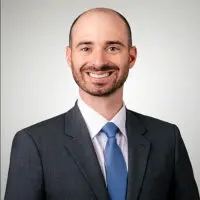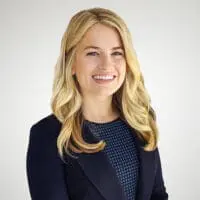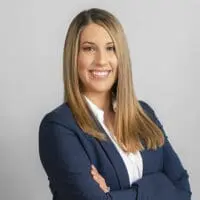SWIPLit
Google v. Oracle Heads to the Supreme Court
The Supreme Court’s cert grant on the Federal Circuit’s most recent decision in the long-running and highly publicized battle between Oracle and Google appears to confront policy questions as much as legal ones — such as whether the nation’s economy would be better or worse off, and under what circumstances, allowing software developers to copy others’ application programming interfaces without paying for them. That the Court granted cert, notwithstanding the Solicitor General’s urging it not too, suggests the Court may be prepared to tackle those questions.
Google’s petition challenges the Federal Circuit’s determinations that
• certain of Oracle’s software code, which Google admits it copied for use in connection with its own Android platform, qualifies as protectable expression, as opposed to unprotectable methods of operation, under section 102(b) of the Copyright Act of 1976, as amended, and
• Google’s copying was not fair use under section § 107 of the Act.
On fair use, as applied here, the (non-exclusive) statutory factors are (1) the purpose and character of Google’s use, (2) the nature of Oracle’s copyrighted work, (3) the amount and substantiality of the portion Google used in relation to the copyrighted work as a whole, and (4) the effect on the potential market for or value of Oracle’s work. The jury found in Google’s favor on fair use; the Federal Circuit reversed with emphasis on Factors (1) and (4). That jury verdict followed an earlier Federal Circuit decision — that Google infringed in other respects, but remanding for trial on fair use — on which the Supreme Court refused review. Accordingly, it seems possible that the Court will take up application of the fair use factors, or at least the appropriate standard of review, but to tackle either would seem an unusual expenditure of precious high court resources.
As for methods of operation, Google and its many amici argue, in essence, that software developers really need the copied code to develop further software innovations, because the code supplies commonly-used call functions. Google maintains the software development industry will suffer catastrophic effects if the Court holds that the Copyright Act entitles Oracle to protect the expression embodied in the code. Oracle maintains in contrast that section 102(b) reflects longstanding common law distinguishing protectable expression from unprotectable ideas, and that it seeks to protect only expression. Both parties invoke the Court’s 1879 opinion in Baker v. Selden, in which the Court held that copyright in a book of bookkeeping methods including forms did not preclude the defendant’s use of the methods illustrated by the forms. One suspects that the Court’s view of Baker will play a central role in its analysis here.
As former United States Register of Copyrights Ralph Oman has explained, Congress considered numerous objections to amending the Copyright Act to cover computer programs yet, a century after Baker, chose to do so anyway. 17 U.S.C. § 101 defines a “‘computer program’ as “a set of statements or instructions to be used directly or indirectly in a computer in order to bring about a certain result.” This definition brings computer programs within the ambit of “literary works,” defined in Section 101 as “works . . . expressed in words, numbers, or other verbal or numerical symbols or indicia,” and made eligible for protection under section 102(a). But it arguably creates tension with section 102(b), which provides,
In no case does copyright protection . . . extend to any idea, procedure, process, system, method of operation, concept, principle, or discovery, regardless of the form in which it is described, explained, illustrated, or embodied in such work.
The nub issue is how — in the software context — to keep a “method of operation” exception from swallowing the copyrightability rule. It will be interesting to see how the Court resolves this issue, particularly as a matter of statutory construction against the backdrop of authority neither party cited in its opening brief: Article I, Section 8, Clause 8 of the United States Constitution, which empowers Congress to “secur[e] for limited times to authors and inventors the exclusive right to their respective writings and discoveries” in order “[t]o promote the progress of science and useful arts.”





















